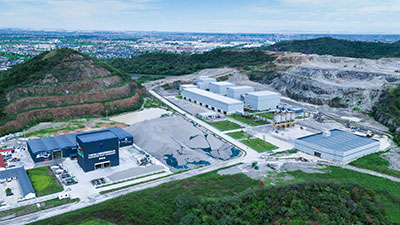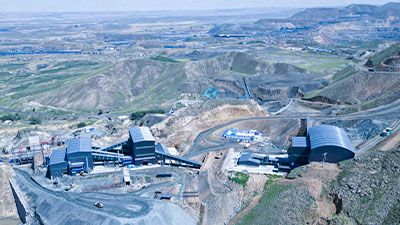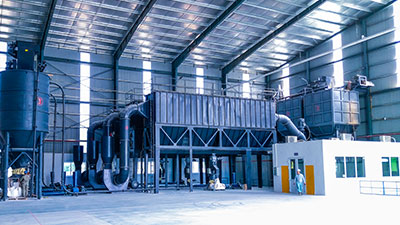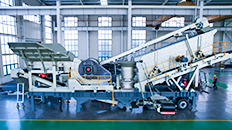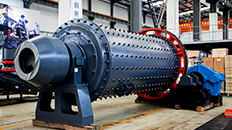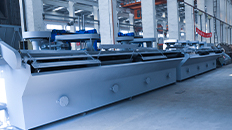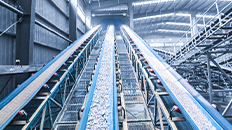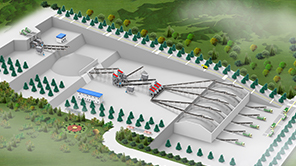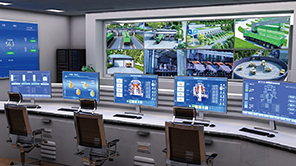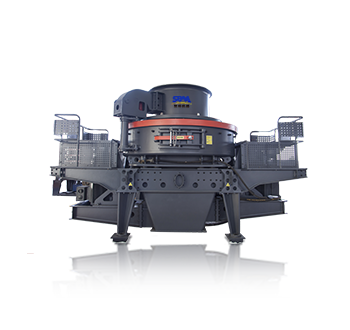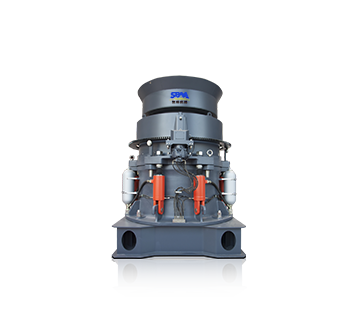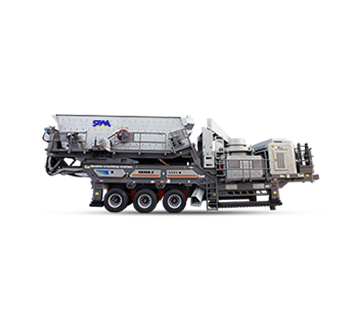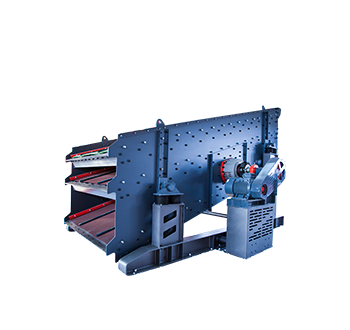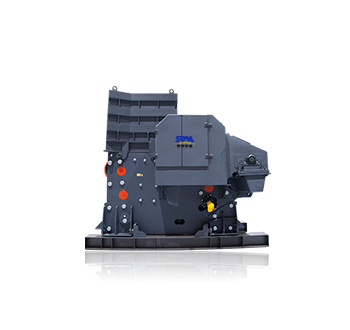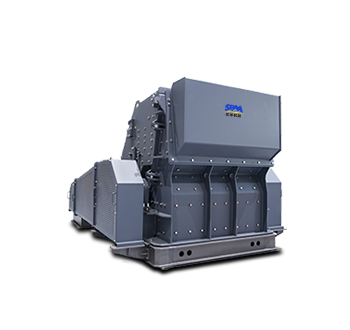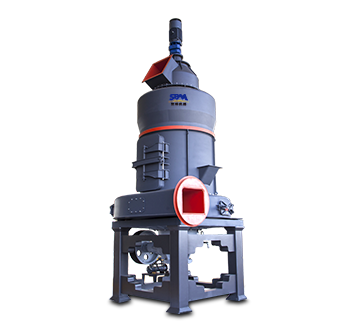Summary:The motion parameters of vibrating screen includes vibration frequency, amplitude, vibrating direction angle and screen angle.
In this article, we will continue to analyze the impact of motion parameters on the working efficiency of vibrating screen. The motion parameters of vibrating screen includes vibration frequency, amplitude, vibrating direction angle and screen angle.



Screen Angle
The included angle between screen deck and horizontal plane is called screen angle. The screen angle has close relation with the production capacity and screening efficiency of vibrating screen. When the screen angle increases, it will strengthen the throwing strength of raw materials on the screen deck. In this case, movement speed of raw material on the screen deck will be faster, making the production capacity increase. But at this time, the residence time of raw materials on the screen deck reduces, so does the screening efficiency. Otherwise, the production capacity will reduce and the screening efficiency will increase. In order to keep the screening efficiency in ideal range, the screen angle of circular vibrating screen is generally between 15-25буand the screen angle of linear vibrating screen is between 0-8бу.
Vibrating Direction Angle
Vibrating direction angle refers to the included angle between vibration direction line and upper layer screen deck. The larger the vibrating direction angle, the shorter the distance that the raw material moves, the slower the forward movement speed of raw materials on the screen deck. In this case, raw materials can be fully screened and we can get high screening efficiency. The smaller the vibrating direction angle, the longer the distance that raw material moves, the faster the forward movement speed of raw materials on the screen deck. At this time, the vibrating screen has large production capacity, but raw materials cannot be fully screened. So we should choose proper vibrating direction angle. For raw materials that are difficult to screen, the vibrating direction angle should be larger. For raw materials that are easy to screen, the vibrating direction angle should be smaller.
Amplitude
Increasing the amplitude can greatly reduce the blocking of screen mesh and be helpful for grading the raw materials. But too large amplitude will damage the vibrating screen. And the amplitude is chose according to the size and properties of the screened raw material. Generally, the larger the scale of vibrating screen, the larger the amplitude should be. When the linear vibrating screen is used for grading and screening, the amplitude should be relatively large, but when it is used for dewatering or desliming, the amplitude should be relatively small. When the screened raw material has large size, we should adopt large amplitude, but when the screened raw material has small size, we should adopt small amplitude. Generally, the amplitude of linear vibrating screen is between 3.5-6mm.
Vibration Frequency
Increasing the vibration frequency can increase the jitter times of raw material on the screen deck, which will improve the screening possibility of raw material. In this case, the screening speed and efficiency will also increase. But too large vibration frequency will reduce the service life of vibrating screen. For raw materials with large sizes, we should adopt large amplitude and low vibration frequency. For raw materials with small sizes, we should adopt small amplitude and high vibration frequency.

